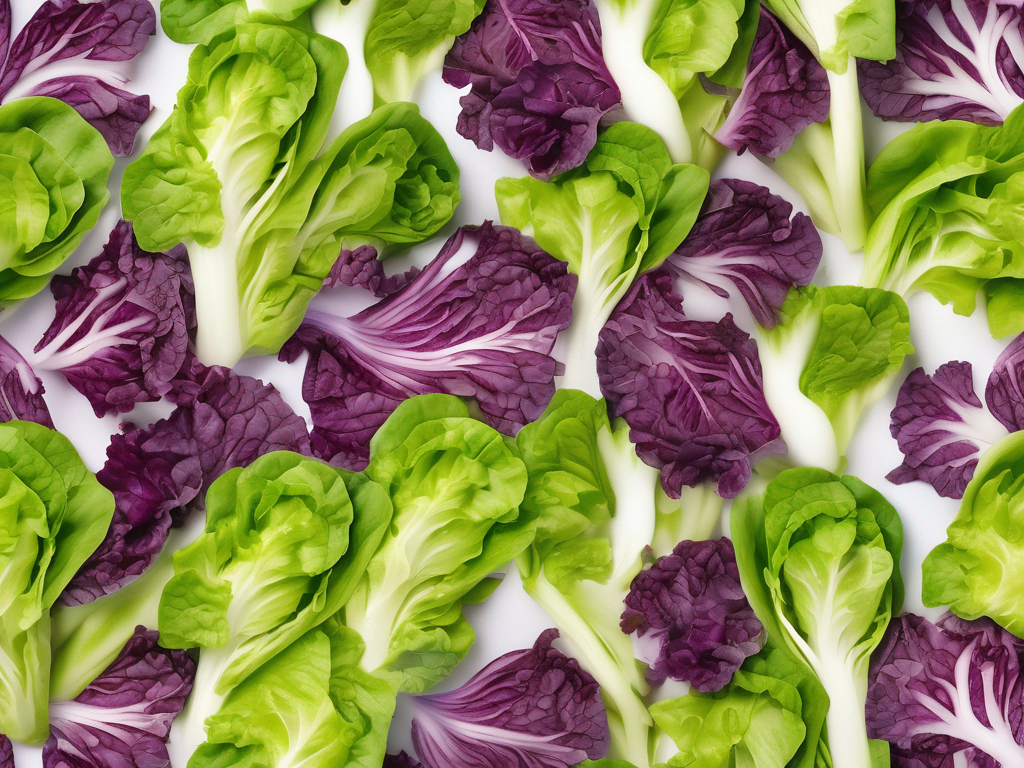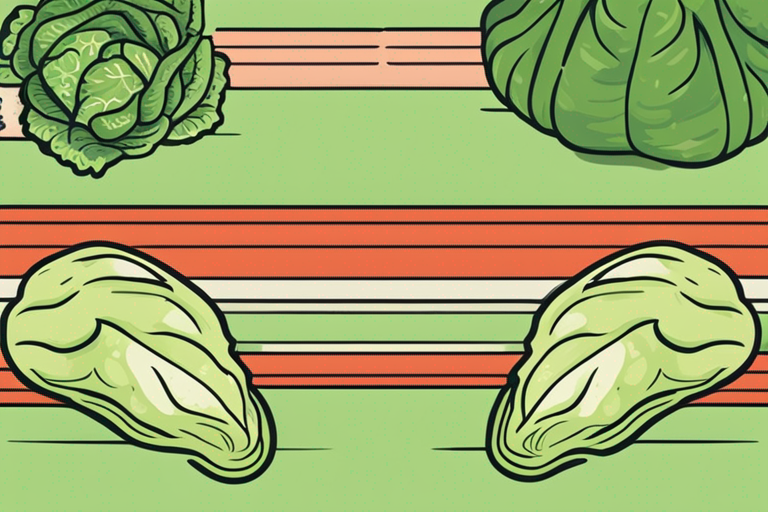
Signs that Lettuce Fresh Whole Has Gone Bad
Get Your Free Food Safety Cheat Sheet
30 most common foods with instant answers. Print it and stick it on your fridge—completely free!
Signs that Lettuce Fresh Whole Has Gone Bad
Lettuce is a popular and versatile vegetable that can be enjoyed in salads, wraps, sandwiches, and more. However, like all fresh produce, lettuce can spoil if not stored properly. In this blog post, we will explore the signs that lettuce fresh whole has gone bad and should be discarded. (Lettuce fresh whole)
Why is it important to check lettuce for freshness?
Lettuce is a perishable item that can harbor harmful bacteria if not stored and handled correctly. Consuming spoiled lettuce can lead to foodborne illnesses, such as food poisoning. By being able to identify the signs that lettuce has gone bad, you can prevent the risk of getting sick from contaminated produce.
How to store lettuce properly
Before we delve into the signs of spoilage, let's first discuss some tips for storing lettuce to help prolong its freshness:
- Wash and dry: Before storing lettuce in the fridge, make sure to wash it thoroughly and dry it completely to prevent excess moisture.
- Use a salad spinner: A salad spinner can help remove excess water from washed lettuce, which can help prevent wilting.
- Store in the crisper drawer: Keep lettuce in the crisper drawer of the refrigerator, where the temperature and humidity are ideal for preserving freshness.
- Avoid storing near ethylene-producing fruits: Certain fruits, such as apples and bananas, produce ethylene gas, which can speed up the ripening and spoilage of lettuce.
Signs that lettuce fresh whole has gone bad
Now, let's explore the key indicators that your lettuce has spoiled and should be discarded:
1. Slimy texture
If you notice that the leaves of the lettuce have become slimy or mushy to the touch, this is a clear sign that the lettuce has gone bad. The slimy texture is caused by the breakdown of the cell structure of the leaves, indicating spoilage.
2. Discoloration
Discoloration is another common sign that lettuce has spoiled. Look for any dark or brown spots on the leaves, as well as any signs of mold growth. Discolored or moldy lettuce should be discarded immediately to avoid consuming contaminated produce.
3. Foul odor
Fresh lettuce should have a mild, earthy scent. If you detect a foul or off-putting odor coming from the lettuce, it is likely spoiled and should not be consumed. Trust your sense of smell when determining the freshness of lettuce.
4. Wilting
While some wilting is normal as lettuce ages, excessive wilting is a sign that the lettuce is past its prime. If the leaves are limp, droopy, or have lost their crispness, it's time to toss the lettuce and opt for a fresher batch.
5. Slimy liquid in the bag
When storing lettuce in a bag or container, check for the presence of slimy liquid at the bottom. This liquid is a byproduct of bacterial growth and indicates that the lettuce is no longer safe to eat.
Conclusion
In conclusion, being able to identify the signs that lettuce fresh whole has gone bad is essential for maintaining food safety and preventing foodborne illnesses. By checking for slimy texture, discoloration, foul odor, wilting, and slimy liquid, you can ensure that your lettuce is fresh and safe to eat. Remember to store lettuce properly in the refrigerator and discard any spoiled or contaminated produce promptly. Enjoy your salads with peace of mind knowing that your lettuce is fresh and safe to consume. (Lettuce fresh whole)

Authoritative Food Safety References
These agencies and university labs inform every tip and health precaution we publish.
USDA FoodKeeper – Cold Storage Guidelines
Official refrigerator, freezer, and pantry timelines maintained by the U.S. Department of Agriculture.
Visit USDA FoodKeeperFDA Produce Safety Rule & Grower Guidance
Field-to-fridge handling practices that prevent contamination of fruits, vegetables, and leafy greens.
Visit FDA Produce SafetyCDC Foodborne Illness Prevention Hub
Surveillance-backed guidance on pathogens, symptoms, and steps to reduce foodborne illness risk.
Visit CDC Food SafetyUC Davis Postharvest Technology Center
University research detailing optimal storage atmospheres for produce after harvest.
Visit UC Davis PostharvestPenn State Extension – Home Food Preservation & Safety
Peer-reviewed extension bulletins on safe canning, chilling, and reheating practices.
Visit Penn State ExtensionCan I still eat lettuce if it's slightly wilted?
How long does lettuce last in the fridge before it goes bad?
Is it safe to eat lettuce if it's past its expiration date?
Can I wash lettuce to make it last longer?
Get Your Free Food Safety Cheat Sheet
30 most common foods with instant answers. Print it and stick it on your fridge—completely free! Want more? Upgrade to the complete guide with 70+ foods.
Scan your food directly and get instant safety info using our AI-powered camera feature.